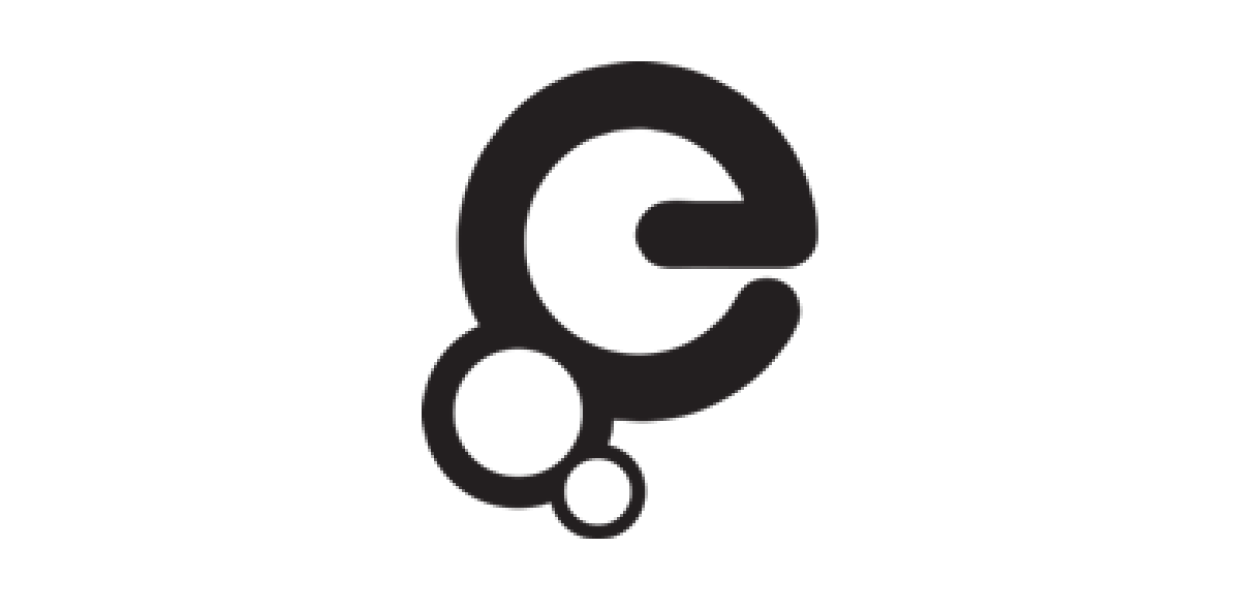Recreation of the Baltic Way

Have you kept the backpack, trolleybus ticket, portable radio, newspaper, clothes you wore or toys you held in your hands while you stood on the Baltic Way in 1989? Or maybe you have a photo of yourself travelling to the Baltic Way?
Europeana - Europe's digital archive, library and museum - in cooperation with the Latvian National Library is celebrating the anniversary of the historic Baltic Way. The people of Latvia are invited to share their memories, photos and other memorabilia by pinning them to an online map at the place they stood along the Baltic Way in 1989.
Bring your Baltic way memorabilia to the Esplanade at ‘Riga 2014' on 23 and 24 August from 12:00 till 20:00. Experts will be on hand to photograph your objects and record your stories. Your contribution will then be added to the online archive at www.europeana1989.eu. We're looking for any item that links you to the Baltic Way campaign – a photograph, document, pin, clothing item, tram ticket etc. All objects will be returned to the owners at once.
For those who cannot attend the event in Riga, it's easy to upload your stories yourself at www.europeana1989.eu/lv
Sarmite Elerte, the Latvian ambassador of the Europeana 1989 project, addressing the press conference, said: ‘On the 50th anniversary of 23 August 1939 when Hitler and Stalin divided Europe, millions of Latvians, Lithuanians and Estonians joined hands to request freedom and retrieve the independence of their countries.The Baltic Way was a powerful message for the global society; photos of it made the front pages of the world's press as well as TV news headlines. The impressive chain of people from Tallinn, through Riga and all the way to Vilnius significantly affected Western social thinking as well as politicians' attitudes. The Baltic Way reminds us that the fate of the Baltic was decided by the people, not by the agreement of great political powers; it stresses the importance of every single person's involvement, the responsibility and significance of each person. Memories about this time are an important part of our collective European memory.'
Representatives of the Europeana 1989 project in Latvia hold up a map of the Baltic Way. From left to right: Frank Drauschke (Facts and Files), Jon Purday (Europeana), Sarmīte Ēlerte (Ambassador), Ineta Kivle (Latvian National Library), Ivars Prauliņš (organiser of Baltic Way Cēsis phase) and Artis Ērglis (Museum of The Popular Front of Latvia).
Director of the specialcollection department of the Latvian National Library, Ineta Kivle, said: ‘The Baltic Way is a unique proof of the ideals of the Third Awakening - there was a feeling that the unity of a nation was an indispensable force for Baltic independence and self-sufficiency. Elation, national unity and faith in the future are characteristic of the time of the Awakening in general. People felt involved in creating history. The unique symbol of national strength – the Baltic Way – was included in UNESCO's "Memories of the World" in 2009. The memories of the people are evidence of that unique moment in history. Europeana 1989 makes it possible to record personal experiences and integrate them into the history of mankind.'
'The participants of the Baltic Way experienced many political changes and played a part in dramatic events which changed the whole of Europe. The people of Baltic countries must be proud of the fact that they had chance to experience and take part in the world's biggest peaceful demonstration. We would like to help you to save your memories and memorabilia about the Baltic Way in an electronic format and share them with the whole world,' said Head of Communications for Europeana, Jonathan Purday.
Purday stressed that the aim of Europeana 1989 is to create a vivid and full picture of the revolutionary events that took place all around Europe, with stories, photographs, video and audio files from every country involved. The personal stories of the people, their memories and experiences are unique parts of our heritage, which will help the next generations to understand the events of 1989 better.
The Baltic Way was one of the biggest peaceful demonstrations in world history. Approximately 2 million people joined hands, creating the 600 km long human chain which united three Baltic countries – Lithuania, Latvia and Estonia.
In 2014, the world will celebrate the 25th anniversary of an extraordinary year - 1989 - when walls crumbled and the people of Europe were united again. Europeana 1989 will document the changes that took place in 1989 in Latvia, the Baltics and the former Eastern bloc countries. The project was launched in Warsaw, Poland, in June this year and aims to create a vivid picture of the revolutionary events in Europe with stories, photos, videos and sound recordings. Personal stories, memories and experiences can help us to see history from different perspectives, and create an archive that can be used for work, learning or pleasure.
The Europeana 1989 project is part of something much bigger – Europeana (www.europeana.eu), Europe's digital library, museum and archive. Europeana collects and provides access to digitised material from libraries, archives, audiovisual archives and museums. Europeana believes in making cultural heritage openly accessible in a digital way, to promote the exchange of ideas and information.
More information
More information on the Project is available at: www.europeana.eu or www.europeana1989.eu
The Project in the Baltic States is organised in cooperation of the National Library of Latvia, the National Library of Lithuania and the National Library of Estonia: www.lnb.lv, www.lnb.lt, www.nlib.ee
Media contacts
Sanita Ozolina
+371 277 571 22
Frank Drauschke
+49 (0) 163 4809862
Jon Purday
+44 (0) 7885 516234
